7-hydroxymitragynine - A Comprehensive Overview of the Alkaloid

Kratom enthusiasts and researchers alike have long been captivated by the compound known as 7-hydroxymitragynine. But what is it exactly, and why is it so significant in the world of Kratom? If you've ever been curious about this intriguing compound, you're in the right place.
In this article, we'll unlock the mysteries surrounding 7-hydroxymitragynine, from its chemical makeup to its effects on the human body.
We'll also explore its connection to different Kratom types and strains, providing a comprehensive understanding of this intriguing natural substance.
What is 7-hydroxymitragynine?
7-hydroxymitragynine is one of the naturally occurring alkaloids found in the leaves of the Mitragyna speciosa tree, commonly known as Kratom. Kratom is a tropical evergreen tree with a very fascinating history. People in Southeast Asia have used it for centuries due to its potential medicinal properties.
This psychoactive compound, often abbreviated as 7-OH, is responsible for many of the effects associated with Kratom consumption. This is a partial mu-opioid receptor agonist, meaning it binds to the same receptors in the brain as opioids, with somewhat different effects.
Among the numerous alkaloids present in Kratom, this compound stands out for its potent and distinct effects on the human body
What does 7-hydroxymitragynine have to do with Kratom?
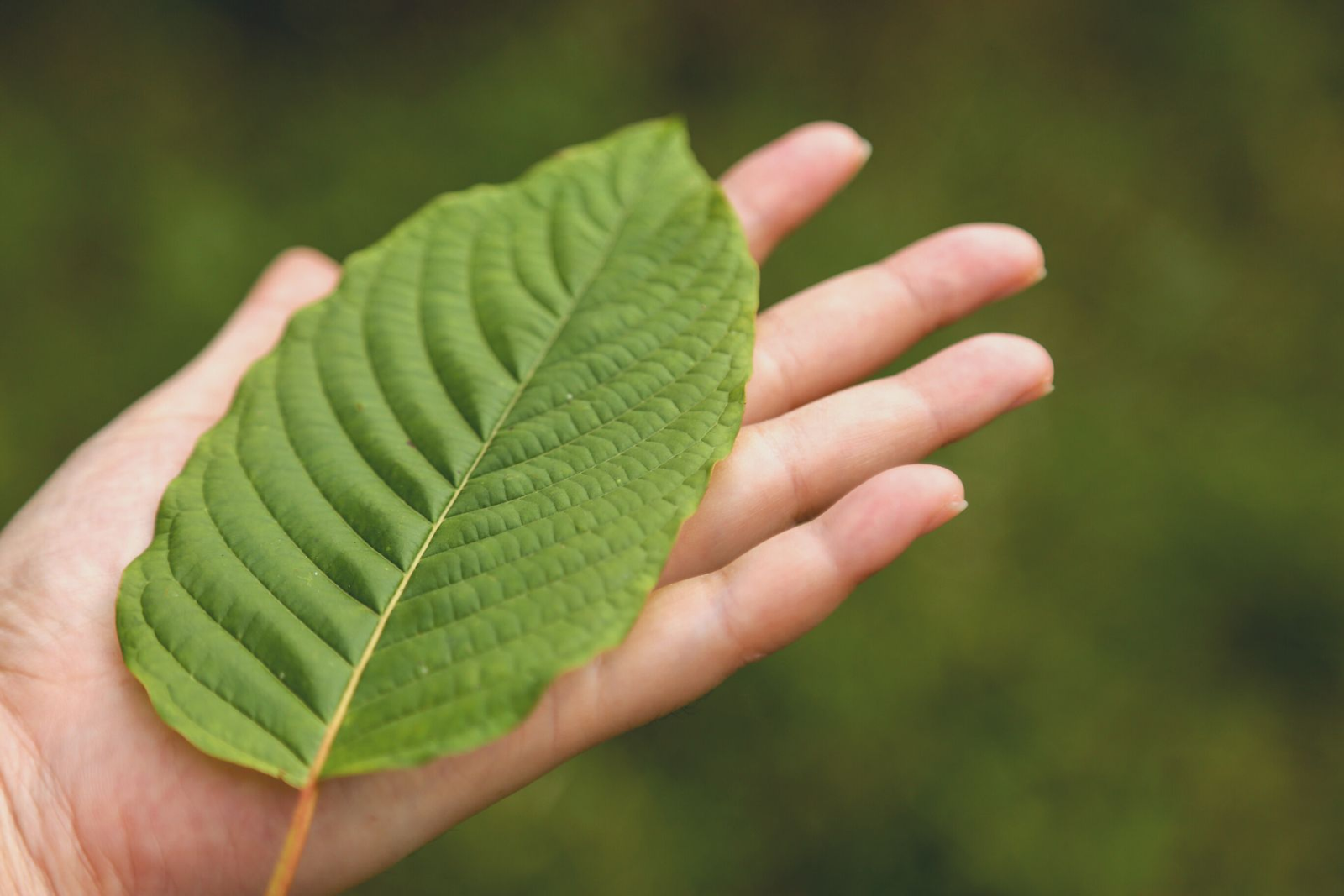
7-hydroxymitragynine can only be found in the leaves of the Kratom tree. The compound is not present in large quantities in the Kratom plant and, concentration can vary significantly between different Kratom strains and even within individual leaves. The precise factors influencing its content in Kratom leaves are still under study.
When Kratom is consumed, this compound, along with mitragynine and 7-hydroxymitragynine interacts with the body's opioid receptors. This interaction results in various physiological and psychological effects.
Understanding the role of 7-hydroxymitragynine is crucial for Kratom enthusiasts, as it explains why different Kratom strains and types produce varying effects. The varying ratios of this compound in different strains contribute to the diversity of Kratom experiences.
How is 7-hydroxymitragynine produced?
The production of 7-Hydroxymitragynine within the Kratom tree is fascinating. It starts with the synthesis of mitragynine. Mitragynine serves as the precursor to 7-Hydroxymitragynine, but it doesn't stay in this form for long. Over time, the natural aging process and exposure to sunlight lead to the oxidation of mitragynine, transforming it into 7-Hydroxymitragynine.
This chemical conversion is the key to unlocking the unique properties of this compound.
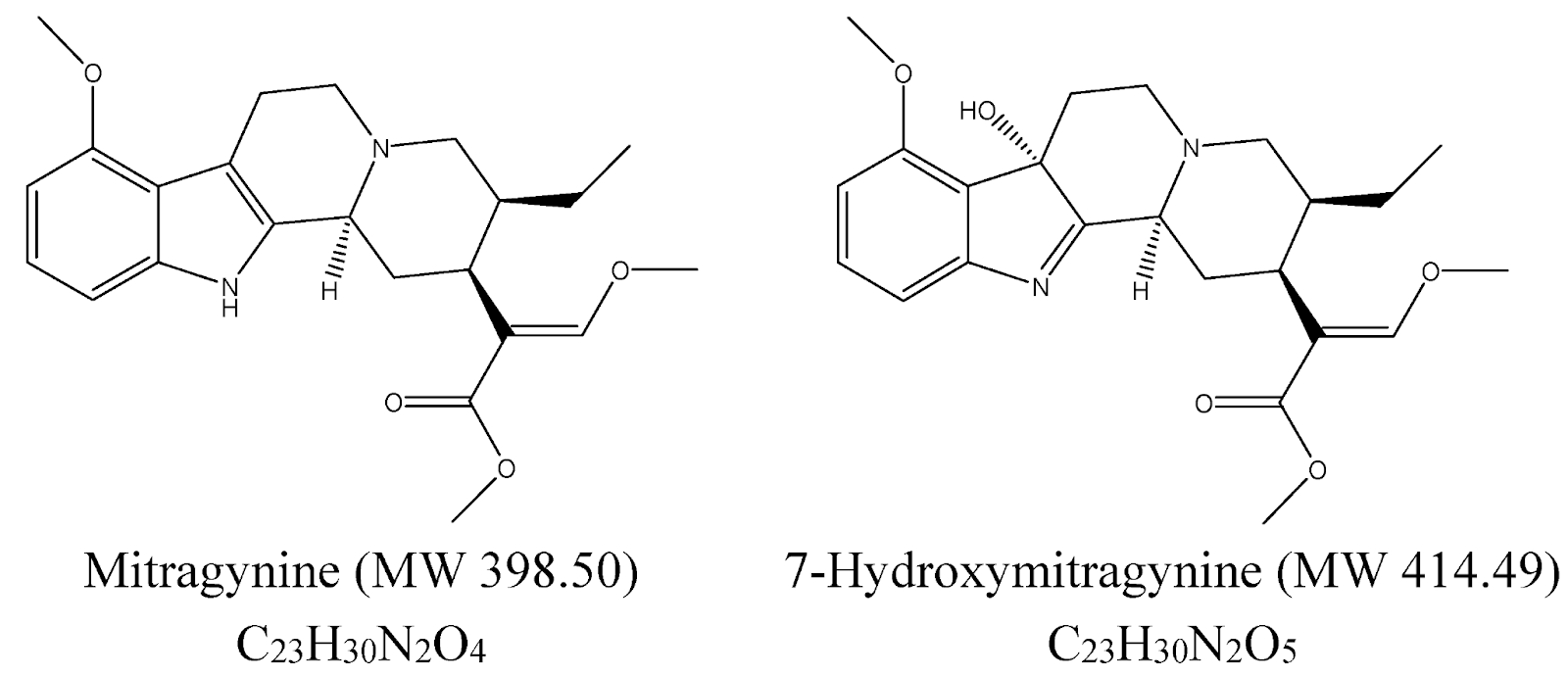
The role of enzymes
Enzymes, the biological catalysts of the plant, play a pivotal role in this conversion. These enzymes are responsible for chemically modifying Mitragynine, turning it into 7-Hydroxymitragynine.
The key enzymatic step involves the hydroxylation of Mitragynine, where a hydroxyl (-OH) group is added to the molecule. This specific modification significantly alters the compound's properties, leading to the emergence of 7-Hydroxymitragynine.
Dynamic conversion
One intriguing aspect of this transformation is its dynamic nature. The conversion of Mitragynine into 7-Hydroxymitragynine isn't static; it can vary within the same Kratom plant or even among different leaves. Factors such as the age of the leaves, environmental conditions, and the specific Kratom strain all influence the rate and extent of this conversion.
Older Kratom leaves tend to have higher levels of 7-Hydroxymitragynine compared to younger leaves. Environmental factors like temperature, humidity, and soil composition can also impact the production of this compound. Additionally, different Kratom strains may naturally contain varying concentrations of 7-Hydroxymitragynine.
The extraction process
Harnessing the potential of 7-Hydroxymitragynine requires a meticulous extraction process. This process involves carefully separating the alkaloid from the other compounds present in Kratom leaves. The objective is to obtain a pure, concentrated form of 7-Hydroxymitragynine, ensuring its effectiveness and safety for various applications.
The extraction typically begins with the harvesting of Kratom leaves. Once harvested, these leaves undergo a series of steps, which may include:
-
Drying – The leaves are dried to reduce moisture content, preparing them for extraction.
-
Grinding – The dried leaves are ground into a fine powder to increase the surface area for extraction.
-
Solvent Extraction – Solvents, such as ethanol or water, are often used to extract the alkaloids from the powdered leaves, creating a liquid extract.
-
Filtration – The liquid extract is filtered to remove any remaining plant material, leaving behind a solution rich in 7-Hydroxymitragynine.
-
Evaporation – The solvent is evaporated, leaving behind a concentrated alkaloid extract.
Chromatography is a more advanced technique used to separate and purify 7-Hydroxymitragynine from other compounds. High-performance liquid chromatography (HPLC) is commonly employed to precisely control the separation process, resulting in a highly pure final product. Chromatography is favored when utmost purity is essential.
Purity and concentration
The purity and concentration of the extracted 7-Hydroxymitragynine are of great importance. Impurities can affect the compound's efficacy and pose safety risks. Rigorous quality control measures are implemented during the production process to ensure that the final product meets purity standards.
The potency of the 7-Hydroxymitragynine extract is directly correlated with its purity. A purer extract will have a higher concentration of the compound, making it more potent in its effects.
To ensure high purity, advanced purification techniques may be employed, such as chromatography or recrystallization. These methods help eliminate any remaining impurities and contaminants, resulting in a pharmaceutical-grade product.
The concentration in the final product can vary depending on its intended use. For research purposes, a high concentration is desirable, whereas products for personal use may have lower concentrations to allow for more precise dosing.
At Kratom Country, we prioritize product purity. That’s why we implement a five-step process to guarantee our lab-tested kratom's integrity.
What makes 7-hydroxymitragynine special?
What sets 7-Hydroxymitragynine apart is its potency. It is believed to be one of the most powerful alkaloids in Kratom, and its effects on the human body can be profound, even in small quantities. These effects are often associated with the plant's traditional use in Southeast Asia for various purposes.
7-Hydroxymitragynine possesses remarkable analgesic properties. It interacts with the body's opioid receptors, causing deep relaxation and tranquility.
Additionally, 7-Hydroxymitragynine exhibits sedative qualities. It has a calming and relaxing impact on the central nervous system, making it an attractive choice for individuals seeking relief from anxiety, stress, or sleep disturbances.
How does 7-hydroxymitragynine affect the body?
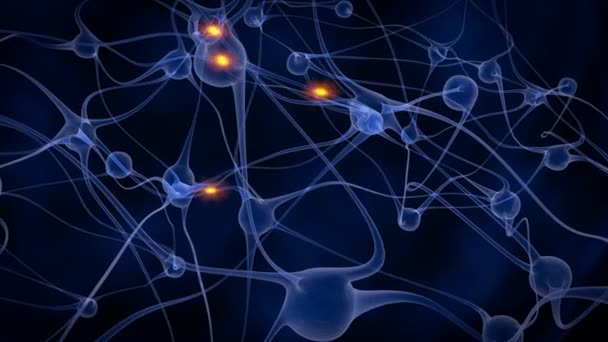
The effects of 7-hydroxymitragynine are diverse and can vary depending on the dose and individual sensitivity. Research has shown that 7-Hydroxymitragynine primarily interacts with the body's opioid receptors, particularly the mu-opioid receptors. These receptors are involved in pain modulation, mood regulation, and the reward system. When it binds to these receptors, it can produce various effects, including:
-
Pain Relief: Many users report that 7-Hydroxymitragynine helps alleviate pain.
-
Mood Enhancement: Some individuals experience improved mood and reduced anxiety when consuming 7-Hydroxymitragynine.
-
Sedation: In higher doses, this compound may induce sedation and relaxation, making it useful for managing anxiety and sleep disorders.
The Kratom plant can be consumed in different forms like:
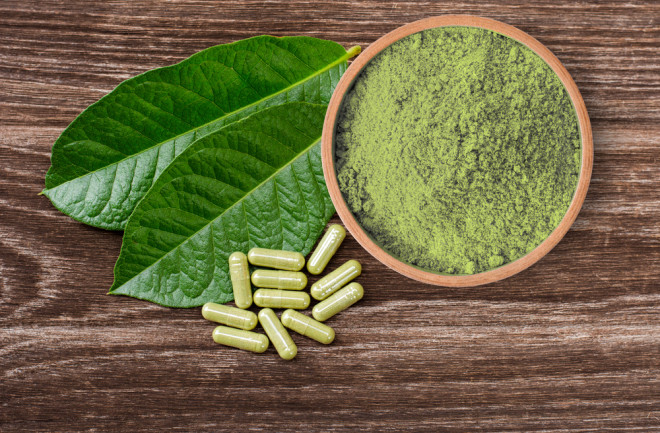
Kratom types and strains
Kratom comes in various types and strains, each with its unique properties and effects. The presence of 7-hydroxymitragynine varies among these types and strains, influencing their potency and potential benefits.
Kratom Types
Red Vein Kratom
Red vein kratom is often associated with relaxation and pain relief. The "red" in its name refers to the color of the veins that run through the leaves. Individuals seeking relief from anxiety or stress typically choose this type of kratom. Its effects are soothing, making it an excellent choice for unwinding after a long day or addressing physical discomfort.
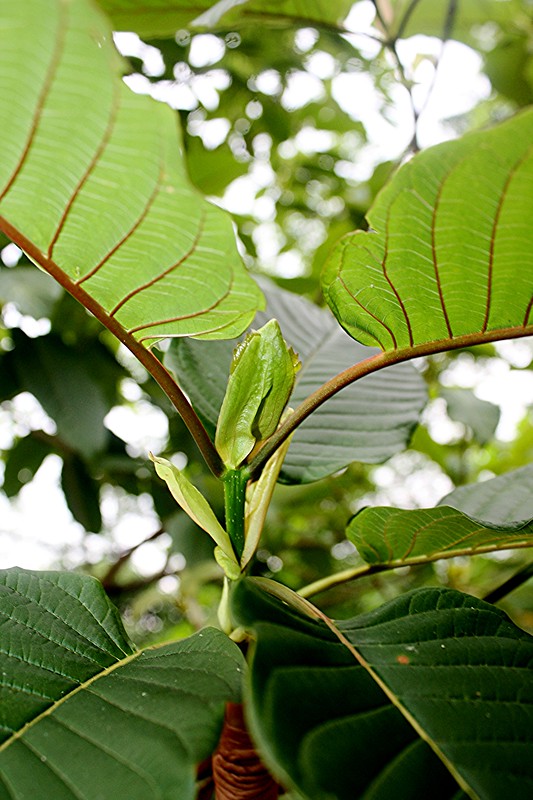
|
Origin |
Red vein kratom is typically found in Southeast Asian countries such as Thailand and Malaysia. |
|
Potency |
Red vein kratom is considered to be moderately potent. Its effects can vary depending on the specific strain within this category. |
Green vein kratom
This type strikes a balance between the relaxing properties of red vein kratom and the energizing effects of white vein kratom.
Green vein kratom is the middle ground of the kratom spectrum, making it a versatile choice. Many users find green vein kratom ideal for enhancing focus and productivity. Whether you're looking to complete a demanding work project or need a mental boost to get through a busy day, this type of kratom can be your ally.

|
Origin |
Red vein kratom is typically found in Southeast Asian countries such as Thailand and Malaysia. |
|
Potency |
Green vein kratom is known for its moderate potency. It offers a milder energy boost compared to white vein kratom. |
White vein kratom
White vein kratom is the pick-me-up variety of the kratom family. If you're seeking a stimulating and invigorating experience, white vein kratom delivers. It's known for its ability to provide a boost of energy, mental clarity, and an overall sense of alertness. Consider it your natural alternative to caffeine for those days when you need an extra kick.
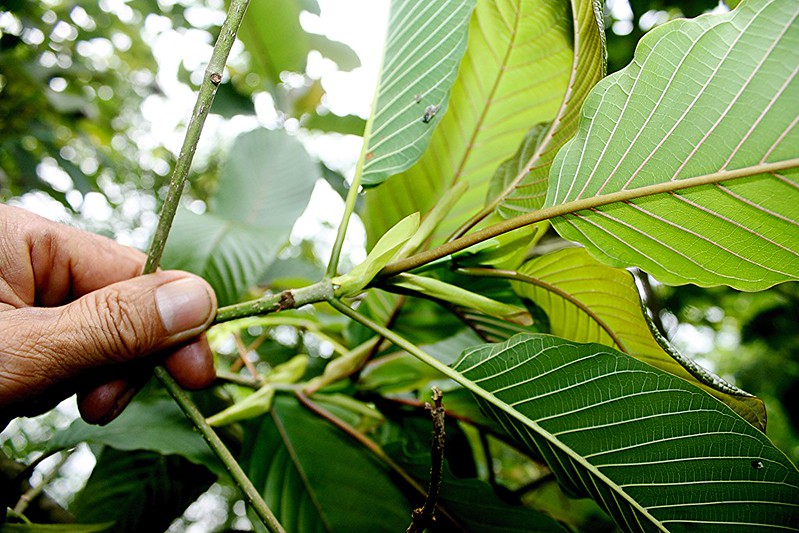
|
Origin |
White vein kratom is typically found in countries like Indonesia and Thailand. |
|
Potency |
White vein Kratom is often considered to be highly potent due to its stimulating effects. |
Kratom strains
Bali kratom
Bali kratom, often referred to as Red Bali, is renowned for its soothing and calming properties. It's a popular choice for those seeking relaxation and stress relief. The unique climate and soil conditions in Bali contribute to the distinct characteristics of this strain. Bali kratom is an excellent option for winding down after a hectic day, promoting a sense of tranquility and peace.

Maeng da kratom
Maeng Da kratom is often regarded as the "pinnacle" strain due to its potency and long-lasting effects. This strain is available in various colors, including red, green, and white. Maeng Da is associated with increased alertness, heightened motivation, and a sense of vitality. If you're looking to tackle a demanding task or need a productivity boost, Maeng Da kratom is a top choice.
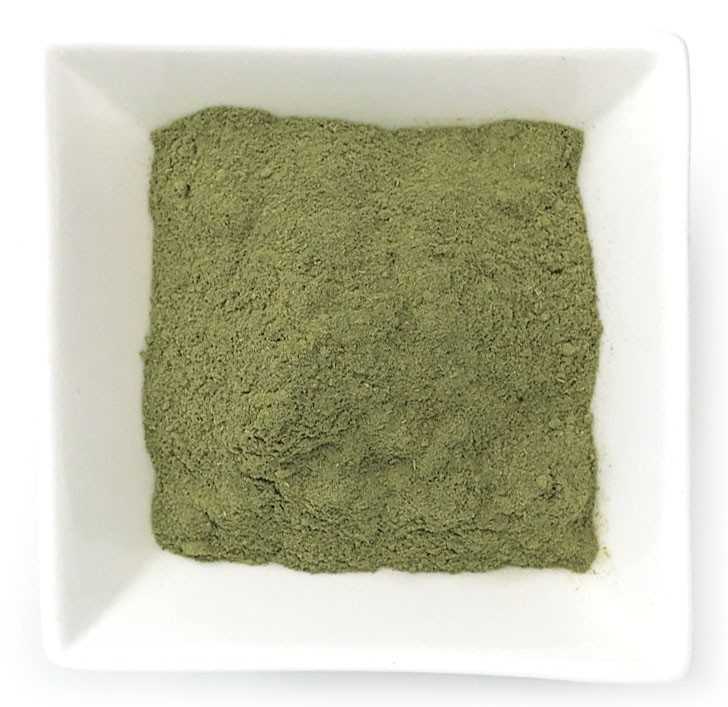
Thai kratom
Thai kratom, as the name suggests, hails from Thailand. It's lauded for its energizing qualities, making it a favorite among those looking to boost their stamina and mood. Whether you're facing a challenging workout or a long day at work, Thai kratom can provide the extra vitality needed to power through.
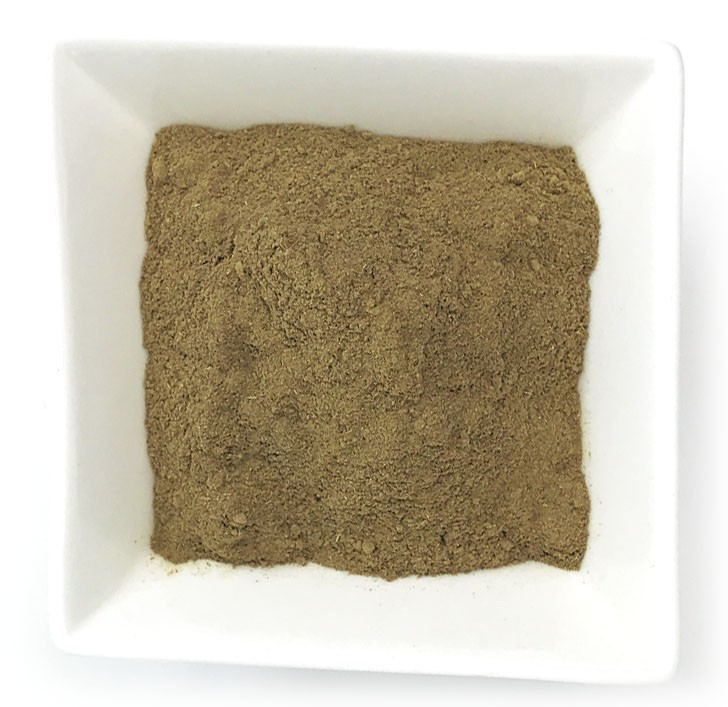
Borneo kratom
Borneo kratom, native to the Indonesian island of Borneo, is celebrated for its pain-relieving effects. It's a reliable choice for individuals seeking relief from various forms of discomfort, like muscle tension. Borneo kratom's relaxing properties can help ease physical and emotional stress.
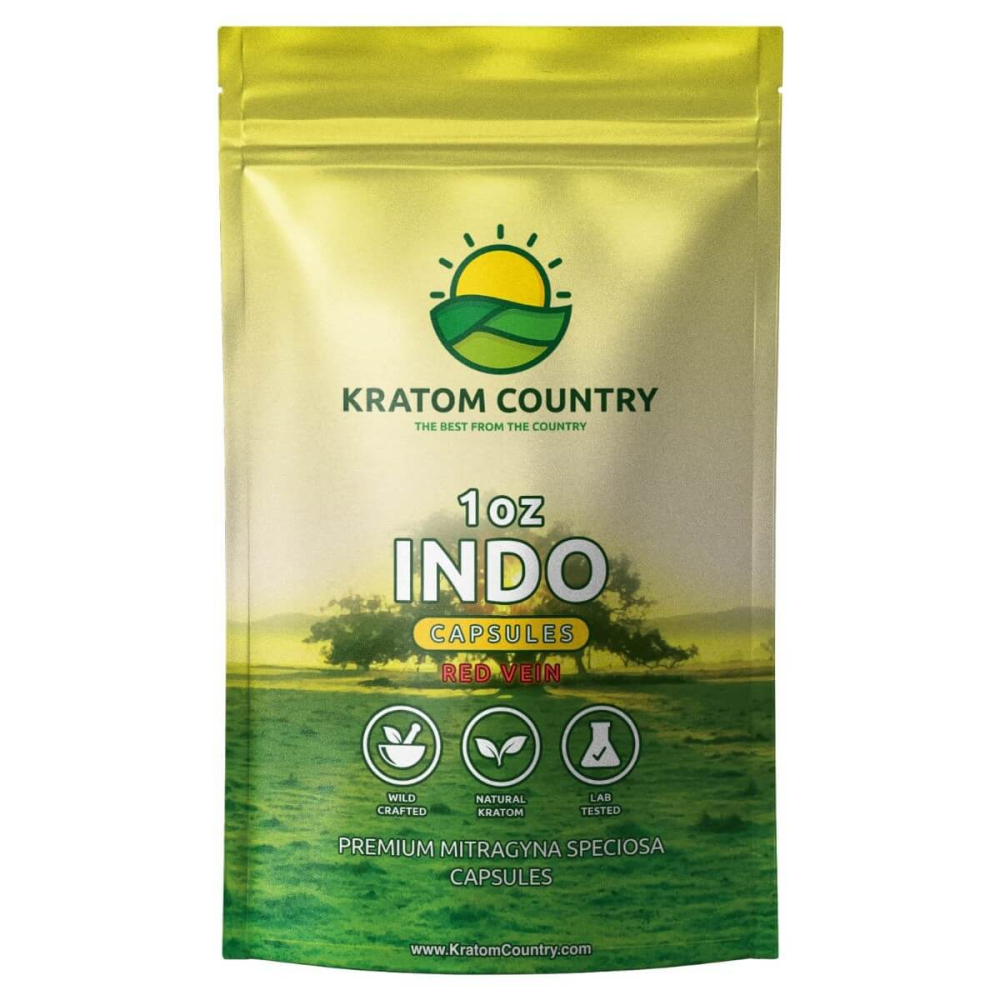
Malay kratom
Malay kratom, originating from Malaysia, is valued for its balanced properties. It offers a mix of relaxation and energy, making it a versatile strain for various purposes. Whether you want to unwind without feeling lethargic or need a gentle mood boost, Malay kratom fits the bill.
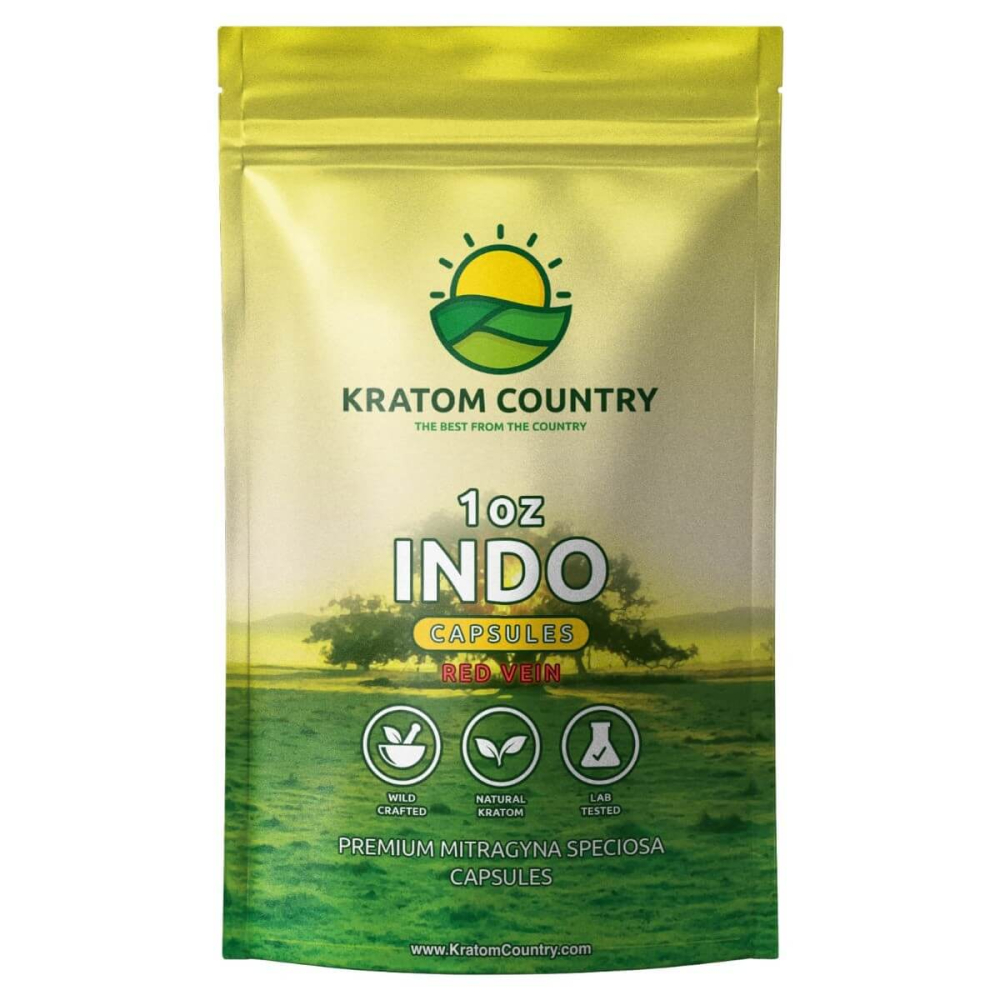
Vietnam kratom
Vietnam kratom is relatively new to the market but is gaining attention for its unique properties. Depending on the specific strain, it can offer a range of effects, from mild relaxation to gentle stimulation.

Kali kratom
Kali kratom originates from Borneo island in Indonesia. This region is a source of various Mitragyna speciosa strains, but Kali kratom has a reputation for its high potency due to its higher 7-Hydroxymitragynine concentration. It has strong relaxation properties and can help calm nervousness.
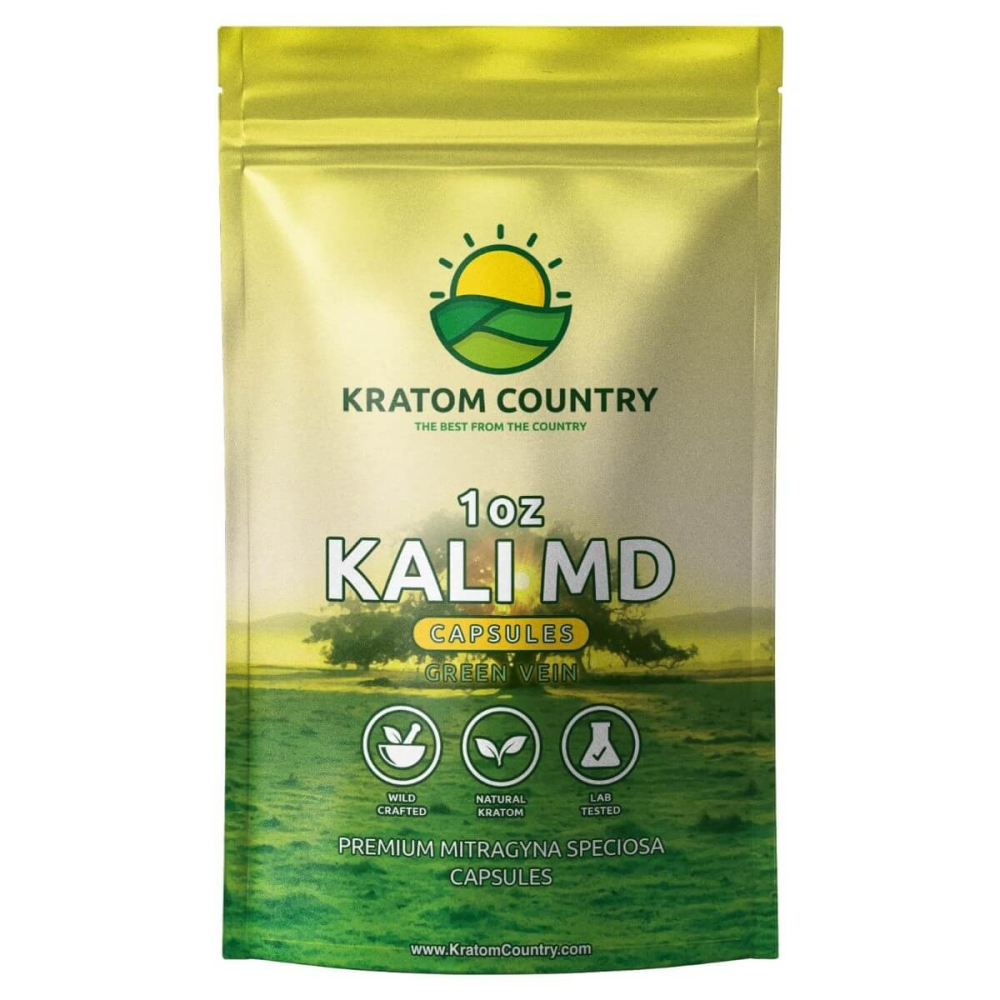
Is 7-hydroxymitragynine legal?
The legal status of 7-Hydroxymitragynine is an ongoing debate and varies from country to country. In some places, it is classified as a controlled substance, while in others, it remains legal but subject to regulation. Researching and understanding the laws in your location before considering its use is crucial.
At Kratom Country, you can get the finest kratom products, but we strictly adhere to legal regulations. These are the countries we cannot ship our products to:
-
Alabama
-
Arkansas
-
Indiana
-
Rhode Island
-
Vermont
-
Wisconsin
-
San Diego
-
California
-
Jerseyville
-
Illinois
-
Sarasota County
-
Florida
In addition, we do not ship to the following countries: Australia, Burma, Denmark, Finland, Lithuania, Malaysia, Myramar, Poland, Romania, South Africa, Sweden, Thailand, and Vietnam.
The controversy surrounding Kratom and its constituents stems from the lack of comprehensive research on their long-term effects and safety. Some advocates argue for its potential as a natural remedy, while others emphasize the potential risks and lack of regulation.
Getting started with Kratom Country

If you're eager to experience kratom firsthand, whether it's in the form of leaves, capsules, or powder, your search ends here with Kratom Country. Since 2010, Kratom Country has been dedicated to delivering top-notch products, exceptional customer service, and complimentary shipping on eligible orders.
FAQs
Is 7-hydroxymitragynine the only active compound in Kratom?
No, Kratom contains multiple active compounds, with mitragynine being another significant alkaloid alongside 7-hydroxymitragynine.
Are there any potential risks associated with 7-hydroxymitragynine consumption?
Yes, excessive consumption of 7-hydroxymitragynine can lead to adverse effects, including addiction and potential health risks. It should be used with caution.
Can I find 7-hydroxymitragynine in other natural products apart from Kratom?
To date, significant quantities of 7-hydroxymitragynine have not been identified in other plants or substances, making it primarily unique to Kratom.
How does the potency of Kratom strains differ based on 7-hydroxymitragynine content?
The potency of Kratom strains varies based on the concentration of 7-hydroxymitragynine. Strains with higher levels of this compound like Maeng da kratom and Kali Kratom tend to have stronger effects.
Is it legal to use products containing 7-hydroxymitragynine in my area?
The legal status of Kratom and products containing 7-hydroxymitragynine varies by region. It is essential to research and comply with local regulations before use.
Can 7-Hydroxymitragynine cause addiction?
Yes, there is a risk of addiction associated with 7-Hydroxymitragynine, particularly when used in high doses over an extended period. Users should exercise caution and be aware of the potential for dependence.
What are the common methods of consuming 7-Hydroxymitragynine?
7-Hydroxymitragynine is typically consumed in the form of Kratom products, such as capsules, powders, or brewed as a tea. At Kratom Country we have various forms and strains available in a click.
Are there any known drug interactions with 7-Hydroxymitragynine?
There is limited research on potential drug interactions with 7-Hydroxymitragynine. If you are taking medications, it is advisable to consult a healthcare professional before using Kratom products containing this compound.


Comments